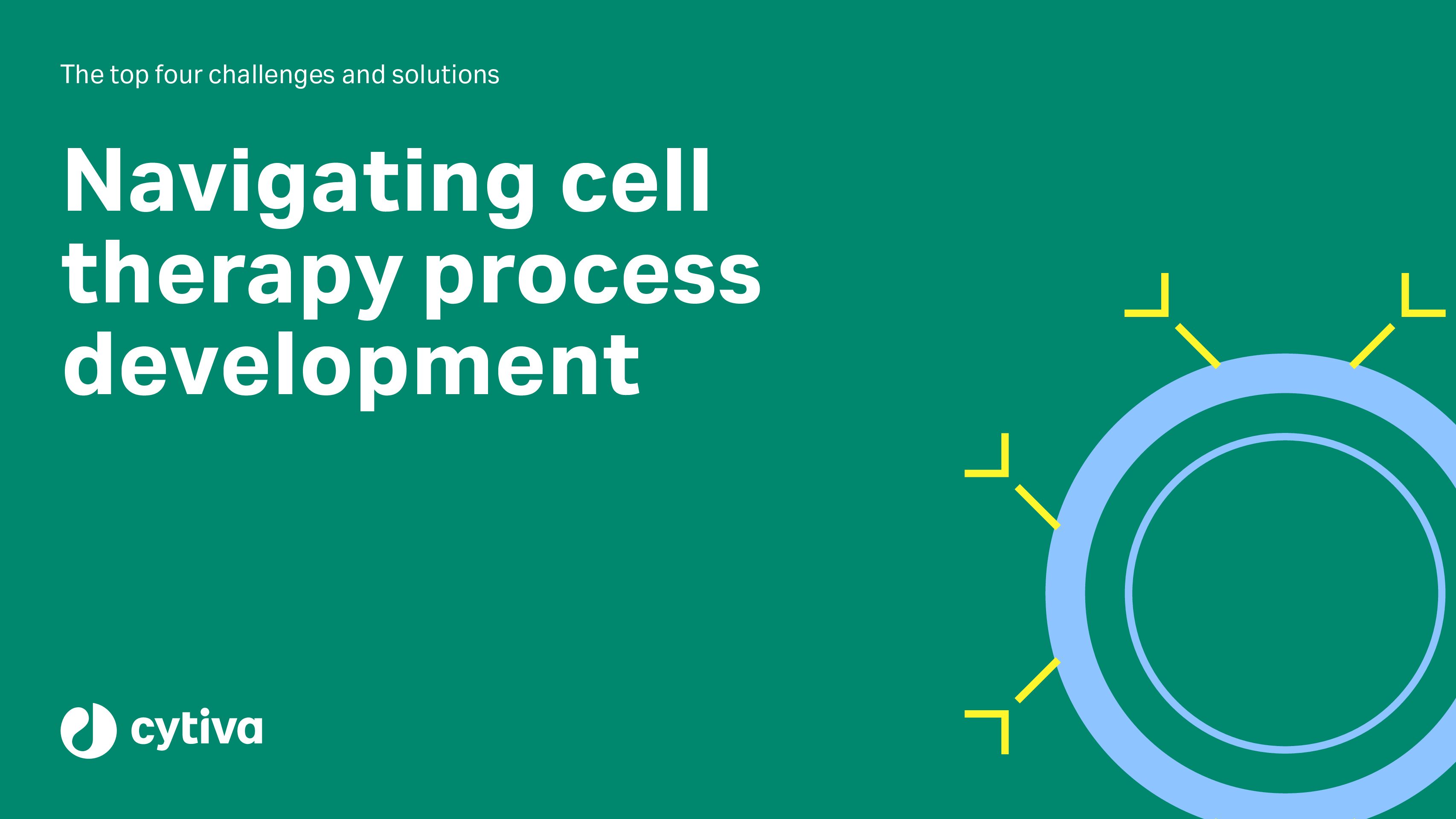
Few industries have innovated more prodigiously than biopharma over recent years. But its adoption of digital innovations has lagged. Today, while some larger organizations are beginning to reap the benefits of digital innovations such as AI and machine learning, many others continue to wrestle with manual workflows and stubborn development timelines.
Early adopters have shown that digital tools can bring tremendous advantages. A recent McKinsey survey, for example, found that leading biopharma plants have boosted capacity by up to 40%, cut lead-times 20%, and trimmed conversion costs by 15% by combining advanced data analytics with mechanistic models.1

Discover B2B Marketing That Performs
Combine business intelligence and editorial excellence to reach engaged professionals across 36 leading media platforms.
In GlobalData’s 2025 “State of the Biopharmaceutical Industry” mid-year review, hundreds of industry executives were surveyed on what technologies would have the most impact on the biopharmaceutical value chain. Artificial intelligence (AI) topped the list – particularly in terms of its impact on target identification and lead optimization – with big data and the Internet of Things frequently coming a close second or third.2 Different businesses will have different ideas on what it means to go “digital first.” But one common thread is that the potential benefits are too great to ignore.
Yet many firms are rightfully cautious about how and where to implement digital solutions. This is biopharma manufacturing after all, where product safety and regulatory compliance are paramount. The potential benefits of adopting a new technology must always be carefully weighed against the potential risks.
At the same time, external changes are placing new pressure on the industry. “The recent US-EU trade deal has increased the level of uncertainty within the pharmaceutical industry, raising concern on the potential of tariffs increasing past 15% in the future,” says Gaffar Aga, pharmaceutical analyst at GlobalData. “A once-shielded sector is facing a geopolitical shift leaving the pharmaceutical industry vulnerable to global volatility.”5 Amid this volatility, digitization offers a path to powering up productivity.
Digitization doesn’t have to mean overhauling an entire facility in one go: strategic adjustments to just part of a process can yield worthwhile results. One pragmatic entry point is in silico process development (ISPD). ISPD tools are available for various process steps and range from simple web-based applications to modelling software packages. By cutting down on the number of experiments needed to optimize or characterize processes, they can shorten timelines considerably while improving process efficiency and yields. And, judging by the most recent noises from regulators, adopting new approaches to process development is now a question of when, not if. The US FDA’s 2025 draft guidance on AI-supported decision-making explicitly invites computational models into biologics dossiers, provided their context of use and validation are clear.3
The opportunities of digitization
The universe of digital solutions is vast, and every company’s path through it will be different. The ideal vision of a holistic, fully integrated digital infrastructure may be a distant dream for many companies, but stepwise solutions with real-world benefits are in reach. Here we’ll look at just a few key areas where going digital can have a high impact with relatively low barriers to entry: in silico process development, raw material data enablement, and predictive equipment monitoring.
First, in silico process development (ISPD). Such methods use computational modelling to predict how different experimental conditions will affect outcomes, making it possible for process developers to achieve better results in fewer experiments.
Cytiva’s Bioreactor Scaler tool, for example, uses historical data and computational modelling to define key bioreactor operating parameters to simplify scale up and tech transfer.
On the downstream side, GoSilico™ chromatography modeling software uses mechanistic modelling to characterize and optimize processes. In comparison to conventional methods of process characterization, this approach can increase yields by roughly 5 percentage points, save US $60,000 per characterization, and save an expected $475,000 per molecule in production cost — and it requires only half as many experiments.
Historically, mechanistic modelling tools have been accessible only to modelling experts. Today, the learning curve isn’t nearly as steep — labs can reap the benefits of GoSilico™ software after a few days of training. And as developers work to democratize these tools further, features like experiment suggestions and automated model selection will make them accessible to all process developers — not just the resident modelling guru.
Another area of opportunity is in data enablement — that is, transformation of raw data into actionable knowledge. For example, integrating and analysing raw materials data, such as electronic certificates of analysis and lot genealogies, to streamline workflows. Within bioprocesses, solutions that enable automation, real-time monitoring and responsive process controls can improve workflows and timelines in a variety of ways. These solutions, when implemented well, can mean GMP-grade traceability, faster root-cause analysis, and smoother regulatory submissions.
A third, and perhaps less commonly discussed, benefit of digitization is in its capacity to prevent facility downtime. Cloud-based asset monitoring platforms like OptiRun™ Connect, for example, help predict potential equipment failures before downtime strikes. Considering the costs associated with unexpected downtime and batch failures, these proactive digital solutions can help shore up facilities against the inherent variability of complex bioprocesses.
How much of an impact might these changes make? There’s no one-size-fits-all answer, but Cytiva’s modelling suggests it could be substantial. They estimate that an ISPD, data-forward, and predictive-monitoring foundation for digitization could trim asset downtime by up to 25%, boost throughput by as much as 10%, and reduce process variability by 10%. Other potential impacts include longer equipment lifetimes and reductions in energy use and emissions.
Because these are modular solutions, companies need not overhaul their entire infrastructure to implement them. A plant still on paper records can begin by moving to digitized raw-material certificates. A process development lab can implement ISPD to solve a specific problem today while building the muscle to go faster tomorrow. And a mature facility can layer predictive maintenance to get even more from its investments.
Where next?
The journey to a digital-first facility, rather than a forbidding cliff-face littered with dangers, can be thought of as a staircase; many firms have already begun climbing it. Industry stalwarts like Cytiva can help companies decide where to place their efforts for maximal impact, whether they’re looking to improve current operations or planning the data ecosystem for a new build.
Case studies show this is an approach that is ready to be rolled out and start producing results. One recent project saw a CHO culture transfer from a pilot plant Xcellerex™ XDR 200 L bioreactor to commercial production with a Xcellerex™ XDR 2000 L bioreactor, using Cytiva’s web-based bioreactor scaler ISPD tool. The client estimated that using the tool saved them $100,000-200,000 and reduced its scale-up time by 1-2 months.
The destination, therefore, is neither distant nor theoretical. It is a series of measurable milestones that convert digital insights into higher yields, faster tech-transfers and sharper competitiveness — today. With Cytiva as guide, the climb from pilot wins to predictive operations is one that biomanufacturers can make with confidence. Download the eBook on this page to learn more.
_____________________________________________________________________________
1 McKinsey, “Reimagining the future of biopharma manufacturing,” 2022.
2 GlobalData report, “The State of the Biopharmaceutical Industry 2025 (Mid-Year) Edition,” 2025.
3 FDA draft guidance “Considerations for the Use of Artificial Intelligence to Support Regulatory Decision-Making for Drug and Biological Products,” 2025.
4 GlobalData Clinical Trials Database, accessed August 2025.
5 GlobalData Analyst Briefing, “New US-EU Trade Deal on Tariffs Ends Pharma’s Geopolitical



